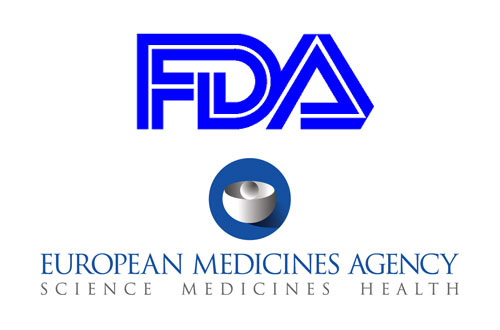In a retrospective analysis recently published in the British Medical Journal, it was observed that a third of the drugs approved by the FDA and the EMA between 2007 and 2017 are considered of high therapeutic value, according to at least one of the independent organizations selected for the study (Prescrire and the health authorities of Canada, France, Germany and Italy).
Between 2007 and 2017, the FDA approved 320 drugs, of which 267 (83%) were publicly evaluated by one of the five selected organizations. Of these, 84 (31%) were considered drugs of high therapeutic value. On the other hand, of the 320 drugs approved by the FDA in this period, 181 (57%) were selected to participate in at least one accelerated development program. Currently, there are four accelerated development programs in the US: i) expedited registration, ii) priority review, iii) expedited approval, and iv) breakthrough therapy.
In the same years, the EMA has approved 268 new drugs, of which 267 were publicly evaluated by one of the selected independent organizations. Of these, 83 (31%) were considered drugs of high therapeutic value. On the other hand, of the 268 drugs approved by the EMA in this period, 39 (15%) were selected to participate in at least one accelerated development program. Currently, there are two accelerated development programs in Europe: i) accelerated assessment and ii) conditional marketing authorization.
In absolute terms, most drugs selected for at least one accelerated development program in the US had low therapeutic value (97 of 181, 54%). However, in Europe, the EMA selected fewer drugs to qualify for accelerated development, but most of them had high therapeutic value.
Authors comment that in US health care payers are required by law to cover most (Medicaid) or a substantial number (Medicare) of FDA-approved drugs, regardless of the evidence supporting approval. Whereas in Europe, the clinical benefit assessment has been integrated with reimbursement decisions; thus, higher prices are accepted for drugs that provide greater benefits to the patient, while the drugs with the lowest scores are approved with prices that are very similar to their comparators, since they have not demonstrated a greater clinical benefit for the patient (More information)

